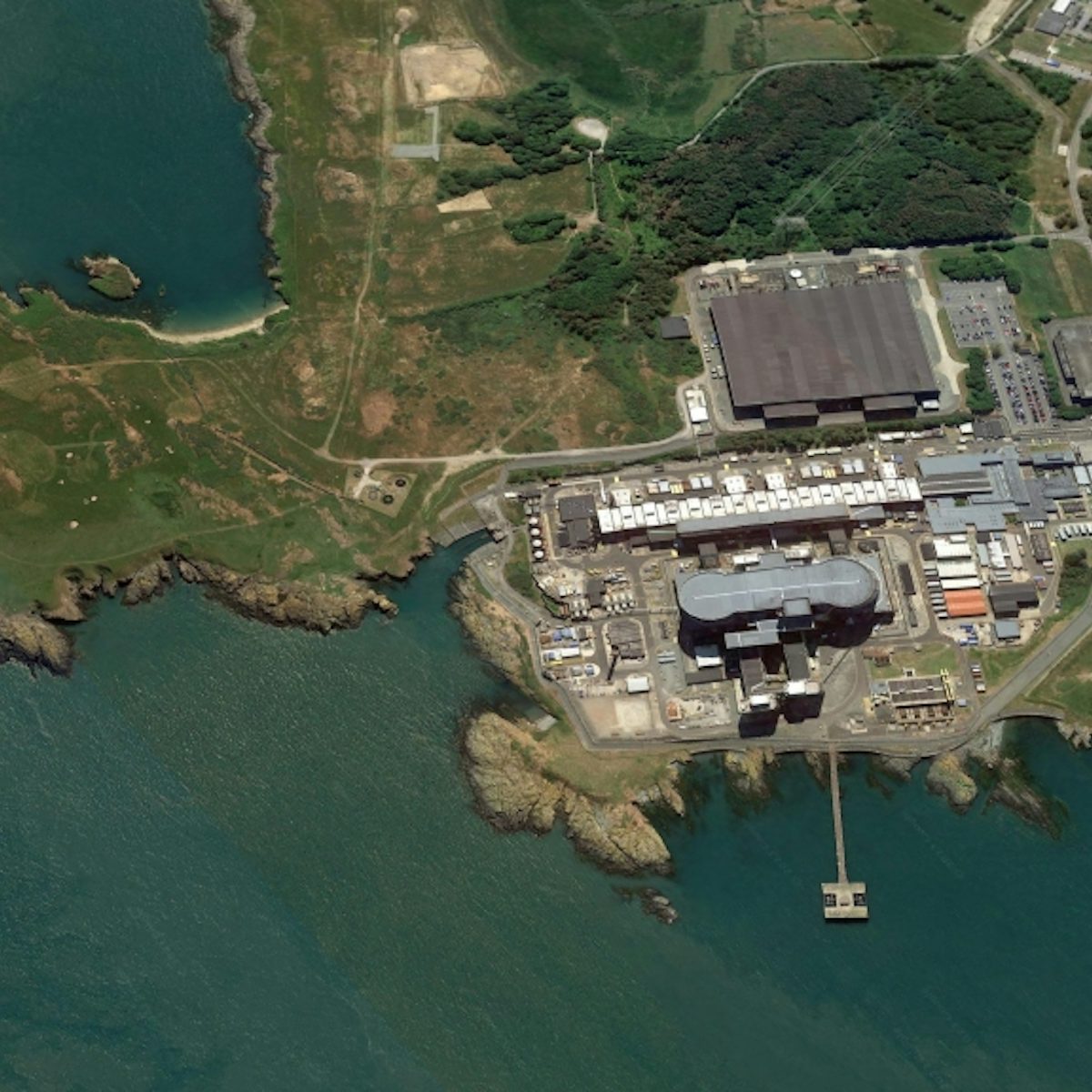Ministers discussing who will build the station, which will join Hinkley Point C and Sizewell C as major future suppliers of clean energy.
The UK government has earmarked Wylfa in north Wales as the site of a large-scale nuclear power station as it pushes ahead with ambitious plans for the biggest expansion of nuclear power for 70 years.
Wylfa on the island of Anglesey – Ynys Môn in Welsh – has been named as the preferred site for the UK’s third major nuclear power station in a generation, coming after EDF’s Hinkley Point C, which is under construction in Somerset, and its Sizewell C nuclear project planned for Suffolk.
The government said that it is already in discussion with major energy companies interested in building a nuclear station at Wylfa.
Earlier this year the government set out plans to quadruple nuclear power generation to up to 24 GW by 2050, up from about 5.8 GW today.
South Korea’s state-owned nuclear developer has reportedly held early-stage discussions with government t officials about building a power station using its APR1400 reactor technology at Wylfa.
US-based nuclear developer Westinghouse and the construction group Bechtel have also proposed building the facility, using Westinghouse’s AP1000 reactor technology.
France’s state power company EDF said it was for the government to determine which nuclear reactor type is used at Wylfa but two more of its own EPR units would “be the surest choice” by “building on the skills and experience being developed at Hinkley Point and Sizewell”.
The government said in a statement it is kickstarting talks with global energy firms to explore building the new power station, which could provide enough power for six million homes for 60 years.
“It brings the UK closer to its target for a quarter of electricity to come from homegrown nuclear power by 2050 to strengthen the nation’s energy independence,” the statement said.
Claire Coutinho, the secretary of state for energy security and net zero, said the government was “powering ahead with the biggest expansion of nuclear energy in 70 years”.
‘Clean, Reliable Power For Millions’
Coutinho said: “Anglesey has a proud nuclear history and it is only right that, once again, it can play a central role in boosting the UK’s energy security. Wylfa would not only bring clean, reliable power to millions of homes – it could create thousands of well-paid jobs and bring investment to the whole of north Wales.”
In 2020, Hitachi, which owned the site until it was bought by Great British Nuclear (GBN), pulled out of a plan to build a nuclear station on the site. The Japanese company blamed a lack of funding from the UK government.
GBN is the government body designed to drive the delivery of new nuclear energy projects in the UK, including a fleet of small modular reactors.
GBN recently secured Wylfa and Oldbury-on-Severn in Gloucestershire as two possible sites for new nuclear projects. It was the first time the government acquired land for new nuclear since the 1960s.
The decision on the nuclear developer, and what type of technology should be used at Wylfa, will be made by GBN.
Tom Greatrex, the chief executive of the UK-based Nuclear Industry Association, said: “A large-scale project at Wylfa would be the single biggest inward investment in Welsh history, and a huge step towards both energy security and net zero for the whole country.”
Sue Ferns, the senior deputy general secretary of the Prospect trade union, one of the UK’s largest, said: “Gigawatt scale new nuclear power stations are vital to hitting net zero and for our energy security. But they also maintain well-paid and highly skilled jobs, meaning this project would be a major boost to the Welsh economy.”
“Now we need a laser-like focus on delivery of new nuclear to make sure skills and experience are not lost, and costs are reduced as we progress,” Ferns said.
Wylfa is home to two gas-cooled Magnox plants that were permanently shut down in 2012 and 2015 and is seen as suitable site for large reactors or small modular reactors.


